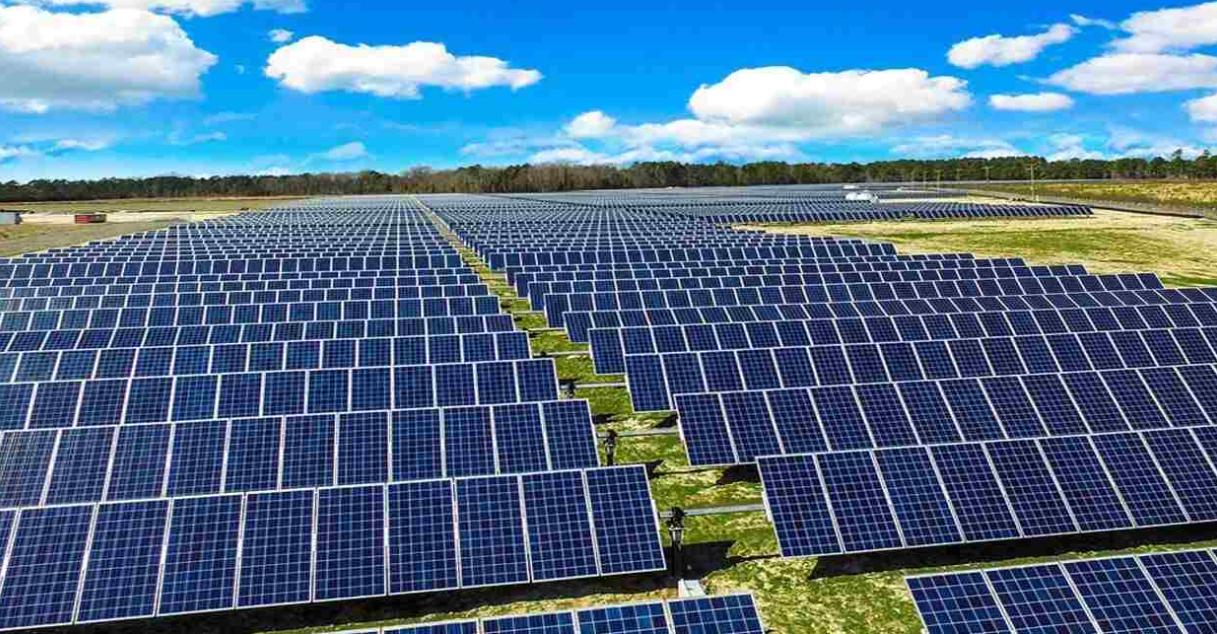How Photovoltaic Panels Turn Sunlight Into Electricity
Solar energy has emerged as a leading alternative to conventional power sources, offering a cleaner and more sustainable solution. At the heart of this innovation is the photovoltaic panel, a sophisticated device designed to harness sunlight and convert it into usable electricity. But how does this process work? Let’s break it down step by step.
The Photovoltaic Effect: Powering Solar Panels
Photovoltaic panels rely on a phenomenon known as the photovoltaic effect. This process begins when sunlight, which consists of tiny packets of energy called photons, strikes the surface of a photovoltaic panel. These panels are made of semiconductor materials, typically silicon, which are specially treated to create an electric field. This electric field is the key to generating power.
When photons hit the panel, they knock electrons loose from their atoms within the semiconductor. This movement of electrons creates an electric current, which is then captured by the panel’s conductive layers. The resulting direct current (DC) electricity is subsequently converted into alternating current (AC) electricity by an inverter, making it suitable for use in homes and businesses.
Key Components of a Photovoltaic System
To fully understand how photovoltaic panels work, it’s essential to consider their role within a broader photovoltaic system. Such a system includes not only the panels themselves but also inverters, mounting structures, and often a battery storage unit. Each component plays a vital role in ensuring efficient energy capture, conversion, and storage. The inverters, in particular, are crucial as they transform the raw electricity generated by the panels into a form compatible with appliances and the electrical grid.
Tips for Maximising Solar Panel Efficiency
The efficiency of a photovoltaic panel depends on several factors. The angle and orientation of the panel, local weather conditions, and the quality of the components all influence energy output. Regular maintenance, such as cleaning the panels to remove dirt and debris, can significantly enhance their performance. Additionally, advancements in technology continue to improve the efficiency and affordability of photovoltaic systems, making solar energy increasingly accessible.
In essence, the photovoltaic panel is a remarkable piece of technology that captures sunlight and transforms it into electricity through the photovoltaic effect. By integrating these panels into a complete photovoltaic system, users can harness the power of the sun to meet their energy needs. As solar technology continues to evolve, it promises a brighter, greener future for all.
